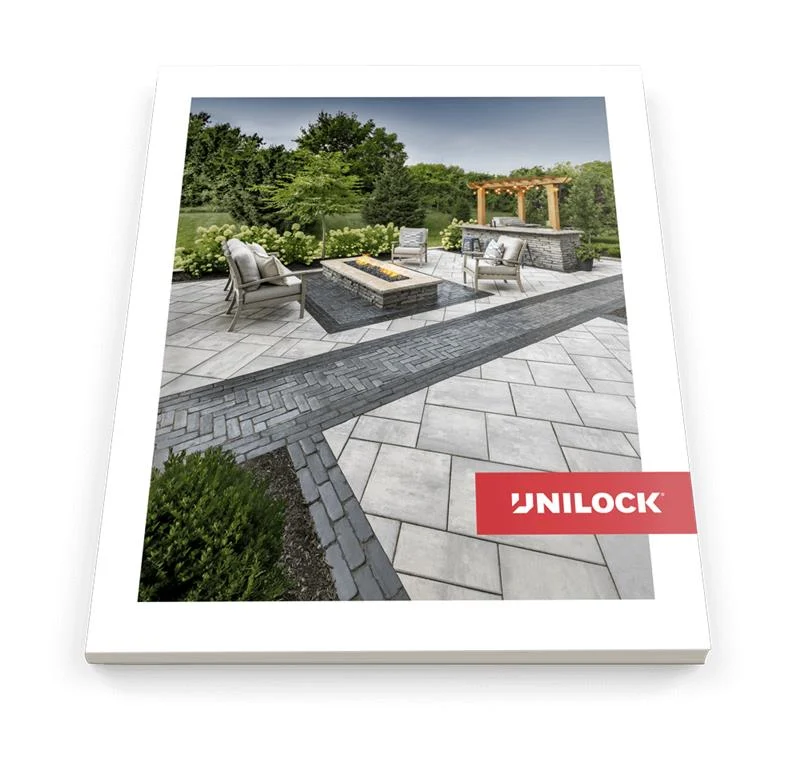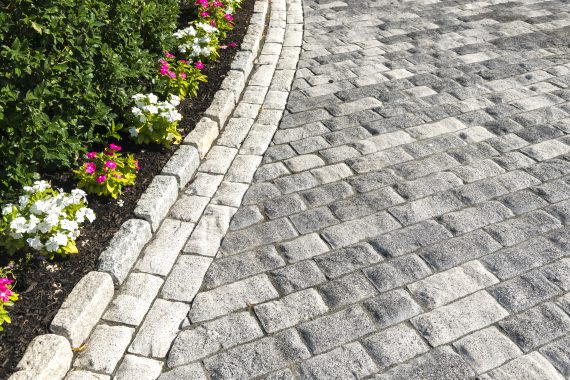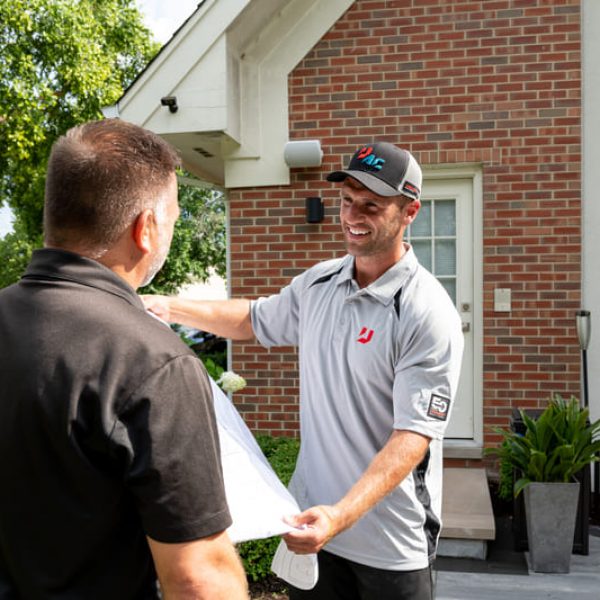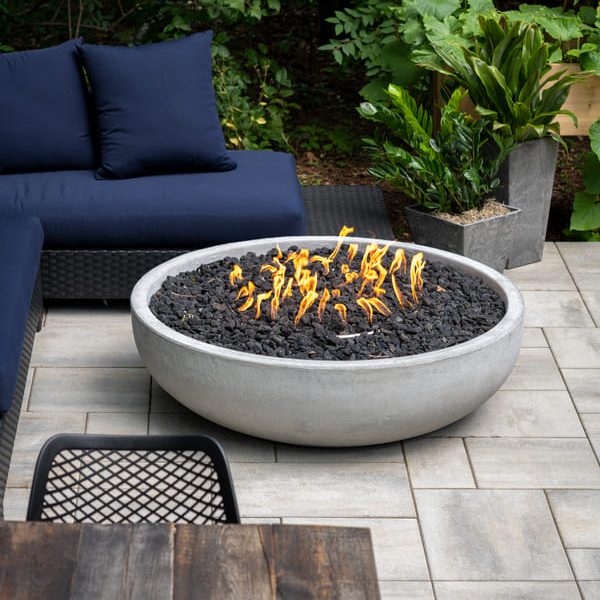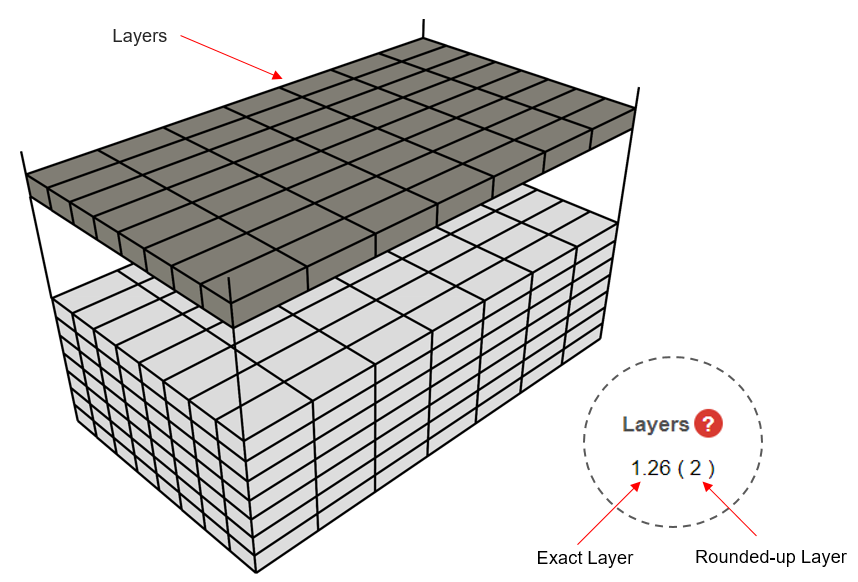The title image features Tribeca Cobble pavers.
If you’re looking to add a bit of old-world charm to your Oxford, CT, landscape, you’re probably wondering if you can achieve the look of an old cobblestone street. It’s possible when you focus on concrete paving options inspired by the look of cobble-sized stones.
Related Read: Frequently Used Terms in the Hardscape and Landscape Industry
Cobblestone Pavers
First, what are cobblestones? They aren’t one particular stone (cobbles are made from whatever stones were available in the area, such as granite, basalt, limestone, or marble). They are relatively small, rounded, square, and sometimes rectangular stones with irregular edges. They were traditionally used to pave roads, plazas, and pathways. The word itself originated in England: “cob” means a rounded or lumpy object.
For thousands of years, cobbles were used to pave roads because they didn’t wash away in heavy rains, and weren’t knocked loose by traffic. They rarely needed replacing, and when they did, the work would last centuries. In fact, cobblestone roads made by the Romans are still in use in many parts of Europe, and many old cities still have some original cobblestones in place. While they don’t make for a perfectly smooth surface, they’re a huge improvement over dirt paths.
Cobblestones also make wonderful accents. They have been used to decorate walls, buildings, and interior masonry. That’s actually the primary use for cobblestones today—as decorative accents. However, that doesn’t mean you can’t use them as they were originally used—to opt for indestructible driveway and walkway pavers. Because of their irregularities, they are not typically used for patio installations; although a small, just-for-two patio tucked away in the corner of the backyard could be made much more charming with the use of cobblestones.
Options from Unilock
Unilock features two different types of pavers inspired by cobblestones. They are both durable enough to be used on driveways, and of course they both bring a touch of old-world charm to any outdoor space as accents and inlays. Due to their small size, they can be perfect for creating small or circular patterns such as the family’s initials on the driveway or entry court.
Courtstone cobblestone-style concrete pavers can be found in four colors: Pebble Taupe, Dawn Mist, Basalt, and Belgian Blue. These pavers come in traditional small sizes, 5” x 5”, 5” x 5¾”, 5” x 6½”, 5” x 7⅜”, and 5” x 8½.” These can be ideal for use as field pavers on a driveway or walkway, or as accents, inlays, and borders on vertical and horizontal surfaces. Their small sizes offer a wonderful contrast to larger pavers. And their polished sheen (reminiscent of thousands of years of traffic) and irregular edges give these pavers the charm of old-world craftsmanship. They are made using Reala Technology, which takes casts from real European cobblestones. On the surface, you’ll get to enjoy the view of a hand-cut look. Below the surface, you will benefit from dimensional accuracy, which makes for efficient installation and stability.
Tribeca Cobble pavers from Unilock result in a more substantial that’s generally more suited to larger, grand driveways. Their lighter colors—Crystalline Basalt and Peppered Granite—are wonderful neutrals that go with nearly any architectural style. They can look amazing as a border next to large-format concrete pavers or natural stone or take on a presence of their own.
Each paver contains random granite, marble, and quartz particles. This gives Tribeca Cobble its unique surface appearance that is filled with character. Choose from the small 5” x 6 ⅞” or large 5” x 12” size to achieve the look you want on your driveway or walkway. As a bonus for eco-conscious homeowners, Tribeca Cobble can be installed traditionally or on a permeable base, which allows water to seep through, reducing runoff and ice build-up.
